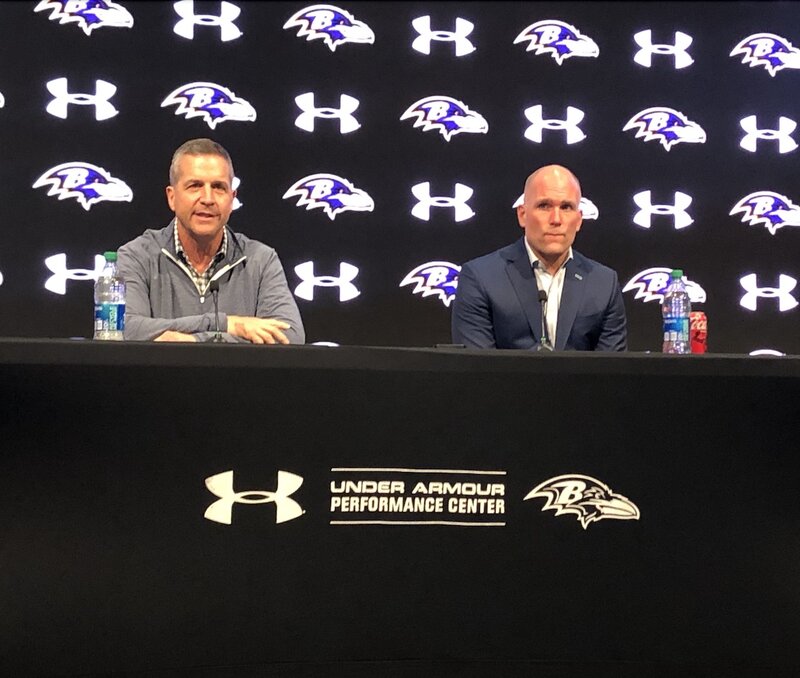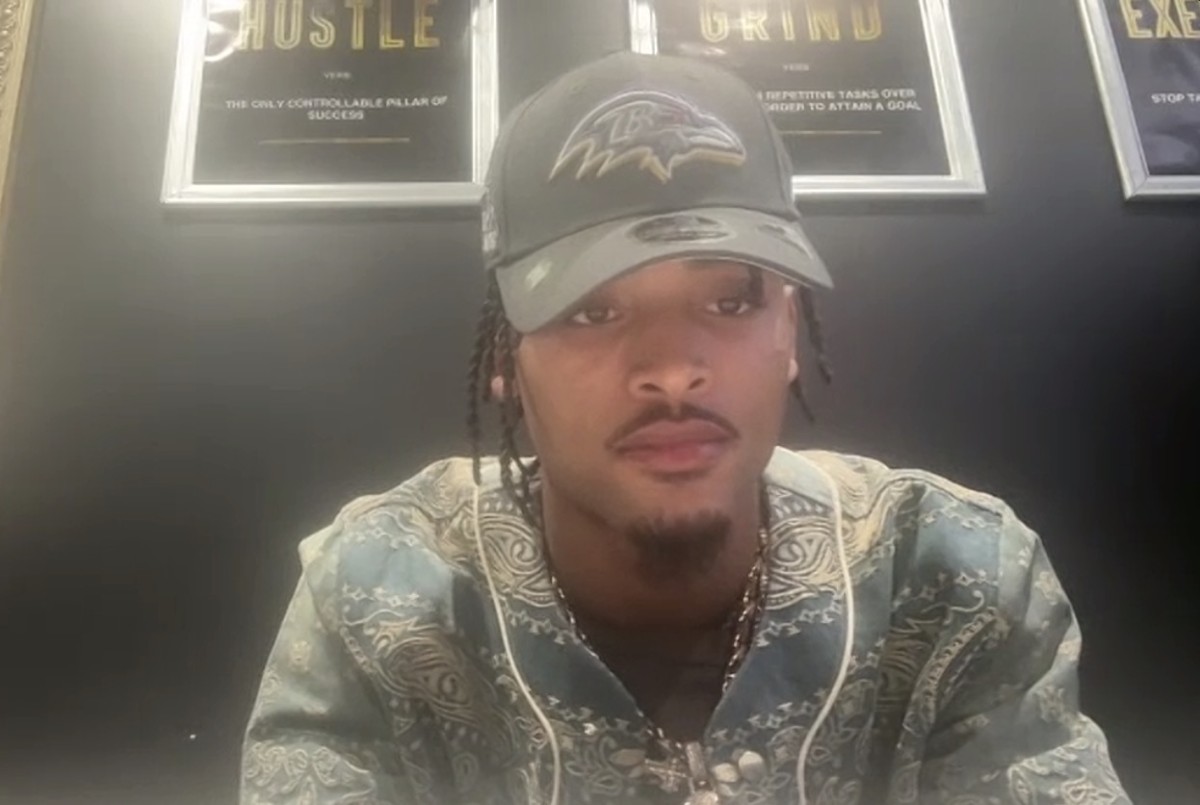Both had been through some rough times in the previous weeks in awful, losing situations. They were inspired to get a fresh start in Baltimore on Harbaugh’s staff and were energized to find a franchise quarterback for the Ravens in the draft.
Much like Billick a decade earlier, Cameron had been the “hot” offensive coordinator just 12 months earlier as the leader of a surgical attack in San Diego with a pair of outstanding quarterbacks, first with Drew Brees and then, Philip Rivers. Cameron lasted just 11 months in Miami.
Jackson’s resume read like a stepladder from Arizona State to Cal to USC to the NFL as an offensive coordinator of the Washington Redskins and then the wide receivers coach for Chad Johnson and the Cincinnati Bengals. Jackson’s prime protégé was USC quarterback Carson Palmer, who was the No. 1 overall pick of the Bengals in 2003.
When he took the job in Atlanta as offensive coordinator in 2007, he thought he’d be running an offense with Michael Vick in his prime. Instead, two months after taking the job, Vick’s dog fighting scandal became public and Jackson never coached a game with Vick in Atlanta.
When Harbaugh put Cameron and Jackson together he knew he’d be getting solid offensive evaluation with the scouting staff and the ability to groom a young quarterback with talent on the coaching side after the player was selected. These weren’t just two coaches — they were teachers.
In the past, the Ravens coaches weren’t always simpatico with the Ravens scouts in selecting players. In general, if Billick or any of his coaches didn’t like a particular player they would voice their concerns, but it never seemed to stop Newsome from selecting that player. Billick never thought Chris Redman was a starting NFL quarterback. The defensive coaches never thought defensive lineman Anthony Weaver was a good fit. The scouts weren’t enamored with Kyle Boller.
But, coaches coach and scouts scout and universal consensus is always difficult and everyone holds hands and tries to make it work. In bad organizations, it’s a constant battle when a scout loves a player and a coach doesn’t or vice versa. The politics are simple: once a player is drafted it becomes the coach’s responsibility to get the most out of him. And that either makes the scout look good when he succeeds or bad when he fails.
Scouts are always pressing coaches to make sure the guys they selected get pushed up the depth chart and get a chance to justify all of the hours of scouting, travel, film study, and ultimately the investment made in the player. A scout loves to say, “That’s my guy!” And they’ll fight for their guy for the life of his career because their reputation is only as good as his play.
In 2008, the new Harbaugh-led staff was meshing on the fly with the well-established Ravens scouts and together they were “all in” on finding a starting quarterback via the draft. They had 12 weeks to find an answer at the position that wasn’t Troy Smith or Kyle Boller or any number of retreads in the free agent market.
Bisciotti had been down that road far too many times already and had only owned the team less than five years. Newsome and the entire scouting staff had seen that Band Aid approach to the most important position in the company and wanted to finally put an end to the carousel.
It didn’t make sense to draft a QB that the new coaches didn’t like and there was always a little bit of angst about Boller in the building, especially when it became clear that he couldn’t win and his psyche became bruised when the fans turned on him. It was important with the incoming Harbaugh regime that everyone be united in making this essential pick.





























